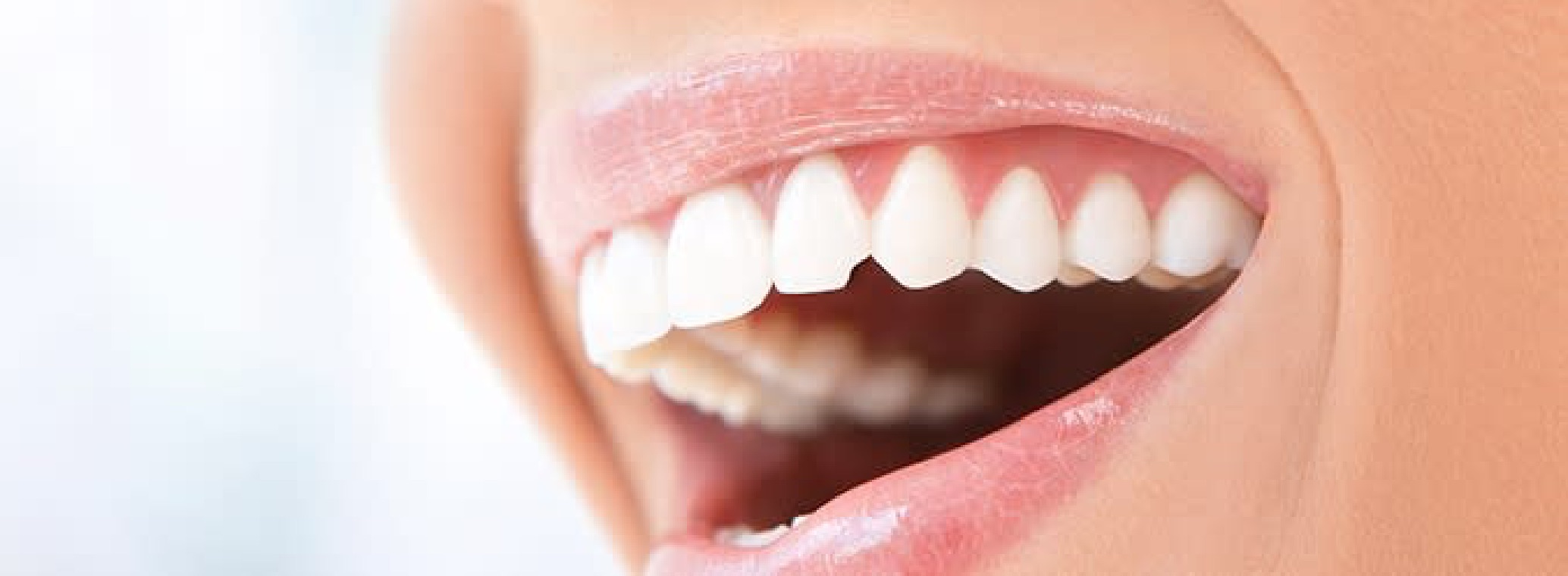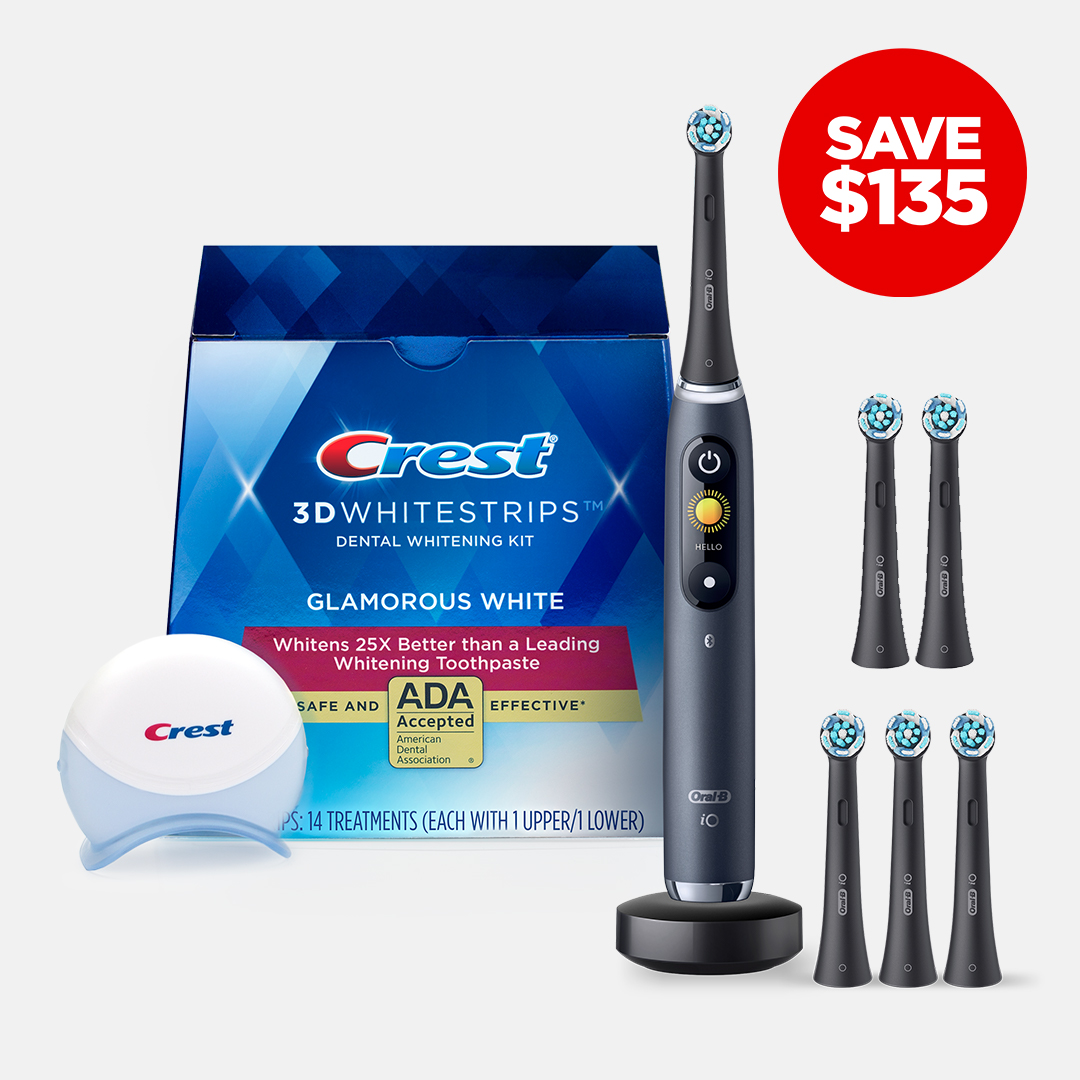ADULTS
Chipped or Cracked Tooth Causes and Repair
 Is it a Chipped or Cracked Tooth?
Chipped or Cracked Tooth Causes
How to Repair a Chipped Tooth
How to Repair a Cracked Tooth
Cracked Tooth Syndrome
Is it a Chipped or Cracked Tooth?
Chipped or Cracked Tooth Causes
How to Repair a Chipped Tooth
How to Repair a Cracked Tooth
Cracked Tooth Syndrome
Is it a Chipped or Cracked Tooth?
Chipped Tooth:
If you have a chipped tooth, you might not feel any tooth pain unless the chip is large enough to expose the nerves in the inner layer of the tooth. If a chipped tooth exposes the nerves inside a tooth, you might notice increased tooth sensitivity and pain when chewing or when the chipped tooth is exposed to very hot or very cold food and beverages. A chip on one of the pointed chewing surfaces of the back teeth is called a broken cusp. This type of chipped tooth is rarely painful, but it should be examined by a dental professional. You might need a crown or a dental onlay to restore the shape of the tooth and prevent further damage or decay.
Cracked Tooth:
A cracked tooth might affect only the tooth enamel, or it might affect the entire tooth down to the root. You might only notice pain from a cracked tooth when chewing, or when the temperature in your mouth changes as you eat something hot or cold. But it is important to see a dental professional as soon as possible after you notice a cracked tooth, so it can be evaluated and treated if necessary.
Chipped or Cracked Tooth Causes
The possible causes of a chipped or cracked tooth include:
- Cavities: Cavities which can weaken the teeth and predispose you to a chipped tooth
- Bad Bite: Biting down on something hard, such as an ice cube, a piece of hard candy, or a bone.
- Hard Hit: Trauma to the face or mouth, such as being hit in the face with a ball while playing sports.
- Poor Hygiene: Poor oral care can make you vulnerable to a chipped or cracked tooth, especially if your tooth enamel is already damaged or thinning.
- Bruxism: Excessive teeth grinding, called bruxism, can cause a chipped or cracked tooth or cracked teeth.
How to Repair a Chipped Tooth
- Small Chip: If the chip in your tooth is very small, your dental professional might simply smooth and polish the chipped tooth, and no additional treatment will be needed.
- Medium Chip: If your chipped tooth involves minor damage to the tooth enamel, your dental professional will probably place a filling, crown, or cap over the chipped tooth to restore its normal appearance and function and to protect the inner layers of the teeth from irritation and infection.
- Large Chip: If your chipped tooth is large enough to expose the tooth nerve, you will likely need a root canal to remove the damaged nerve, plus a crown or cap to replace the chipped tooth.
Initial Care: If you have a chipped tooth, make an appointment to see your dental professional as soon as possible. Meanwhile, follow these steps:
- Rinse: Rinse your mouth with warm water.
- Press: If there is any bleeding in your mouth as a result of a chipped tooth, use a piece of gauze to apply pressure to the area.
- Cover: If you can’t see a dental professional the same day that your chipped tooth occurs, cover the chipped tooth with dental cement (available at most drugstores) to protect the remaining tooth until your appointment.
After Care: After treatment for a chipped tooth, it is important to maintain a regular oral care routine. To help you stick to a routine of twice-daily tooth brushing and daily flossing, try the Crest Pro-Health collection of products..
- Crest Pro-Health Sensitive + Enamel Shield toothpaste is designed to protect sensitive teeth.
- The Crest Pro-Health product family includes Crest Pro-Health Gum & Enamel Toothpaste to help repair weakened enamel, Glide Pro-Health Comfort Plus Floss for sensitive gums, Crest Pro-Health Advanced Mouthwash Enamel Care (alcohol free) and the Oral-B Cross Action All-In-One Toothbrush.
How to Repair a Cracked Tooth
- Simple Cracked Tooth: Simple cracks in the tooth enamel are also known as “craze lines.” This type of cracked tooth may not require treatment, but you should still see a dental professional for evaluation. Your dental professional can polish the cracked tooth to smooth rough spots and improve the tooth’s appearance.
- Serious Cracked Tooth: If you have a serious cracked tooth, the fracture could extend from the chewing surface of the tooth down into the tooth root. If you have a serious cracked tooth that goes through the outer layers of tooth enamel and dentin to exposes the tooth pulp, the tooth can become loose and your gums may bleed.
- Split Tooth: In some cases, a cracked tooth splits vertically. This occurs most commonly in your molars if you have had fillings for many years. If the crown and roots are too badly damaged, you will need to have the tooth removed and replaced. Replacement options would be a bridge or implant.
- Split Root: A cracked tooth can also start in the tooth root. This type of cracked tooth is obvious and painful, and it can cause inflammation and infection at the tooth root that often leaves tooth extraction as the only treatment.
The options for treating a cracked tooth depend on the severity of the crack, and are always treated by a professional. These include:
- Tooth Bonding: A cracked tooth can sometimes be repaired with bonding, where a tooth-colored resin is used to repair or reshape a tooth.
- Tooth Splint: If a tooth has become loose or displaced, your dental professional can bond the cracked tooth to the tooth next to it to help keep it stable while the surrounding bone and gum tissue recovers.
- Root Canal: If the cracked tooth has damaged the tooth pulp, you may need a root canal to remove the damaged material, as well as a tooth crown, filling, or bonding, to repair the cracked tooth and prevent further damage.
Cracked Tooth Syndrome
Teeth hurt due to a number of potential causes, including tooth decay, gum disease, and tooth sensitivity. But teeth hurt from external damage, too. Cracked tooth pain can actually be referred to as Cracked Tooth Syndrome. Cracked tooth syndrome starts with the development of cracks in the teeth that are too small to appear on a dental x-ray. The cracks can occur from chronic teeth grinding (bruxism) or from tooth or jaw alignment that puts a disproportionate amount of pressure on a certain tooth or teeth. Cracked teeth syndrome may include pain that comes and goes when chewing or eating certain foods. This usually occurs in the molars or back teeth, because they do most of the work of chewing. The pain from cracked tooth syndrome, may only be noticeable when you bite down in a certain way, in contrast to the more frequent tooth pain associated with a tooth abscess or a cavity.
In summary, if you’re experiencing chipped or cracked tooth pain visit your dental professional for a full assessment on next steps to care for your smile.
Sources:
Discover More
 What is a Root Canal? - Pain, Procedure, & Cost
What is a Root Canal? - Pain, Procedure, & Cost



